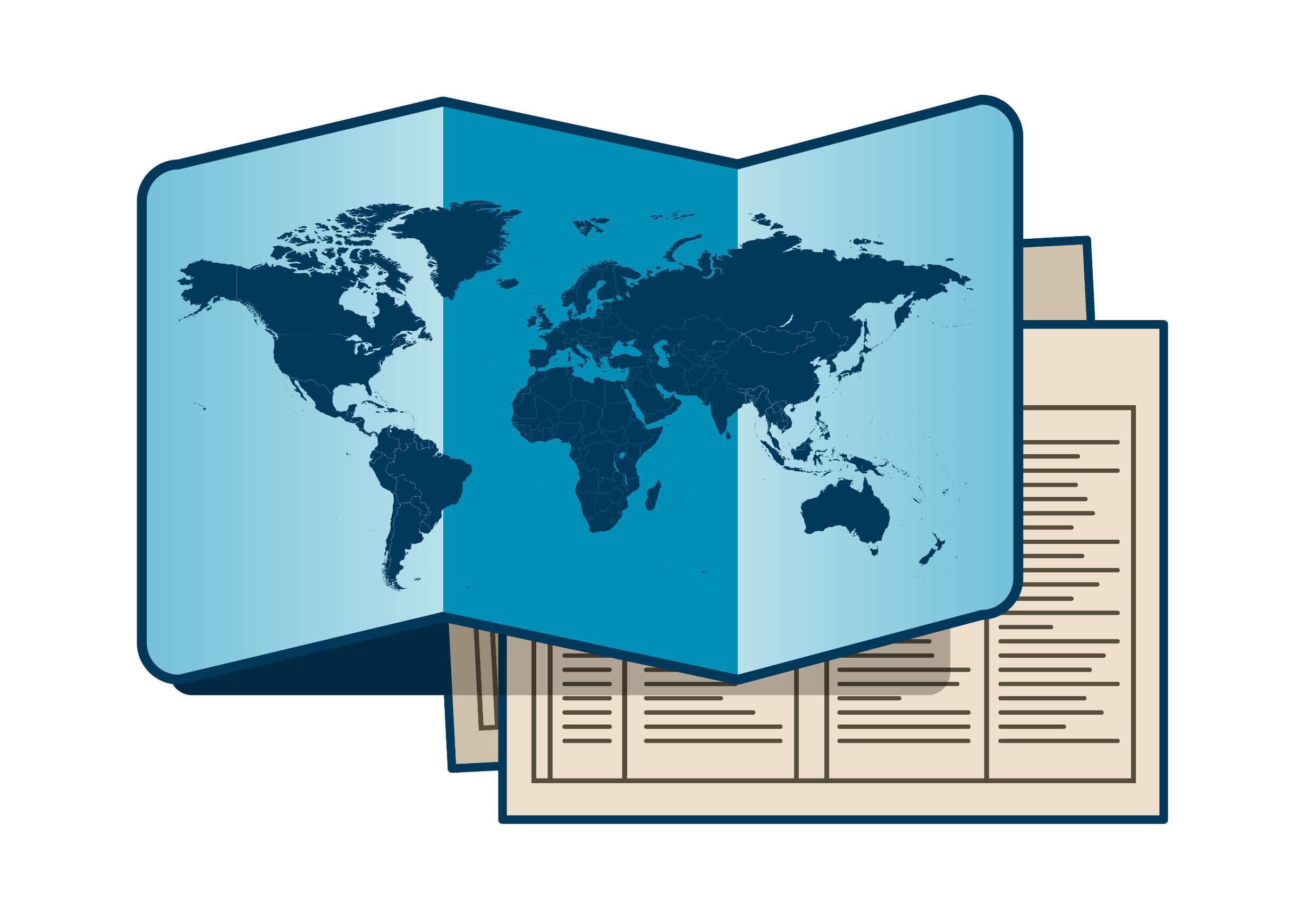
Genetic Communities™ technology helps us find groups of AncestryDNA members who are connected through DNA, most likely because they descend from a population of common ancestors. Once we identify a community, we look for patterns in ethnicity and data from family trees linked to AncestryDNA tests to help us identify who this group consists of and where they went over time.
When we compile and compare ancestral birth locations from community members’ trees, we begin to see where their ancestors lived over time. We use birth dates and places to identify common journeys and migration routes by looking at the differences between the birth locations of parents and children.
Once we know where these people lived, where they moved to, and when, we pass what we’ve learned on to historical researchers. Their job is to match the data with the history that explains it—to find the story that binds the members of a community together. You can follow that story using the timeline below the map. Remember, we tell the story that represents the majority of members in the community, so migrations may not tell your ancestor’s story exactly. But your DNA suggests that you are connected to this historical journey.
Why don’t I have any communities?
If you don’t have a strong genetic link to a community, or if we haven’t identified one that links to a population in your ancestor’s past, it won’t appear among your results.